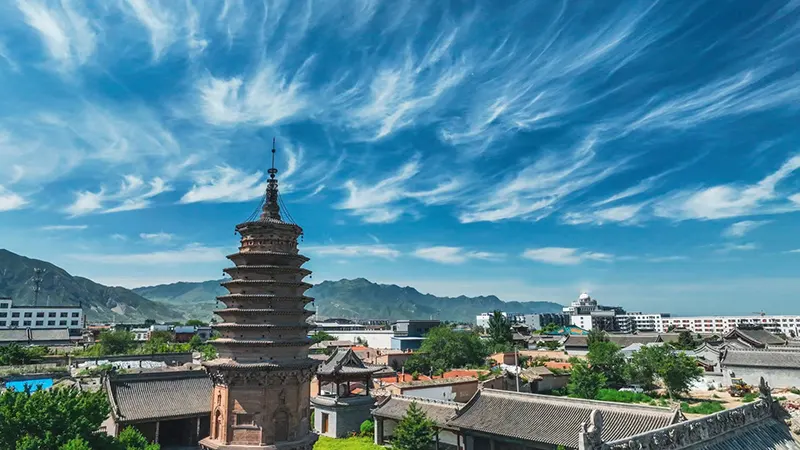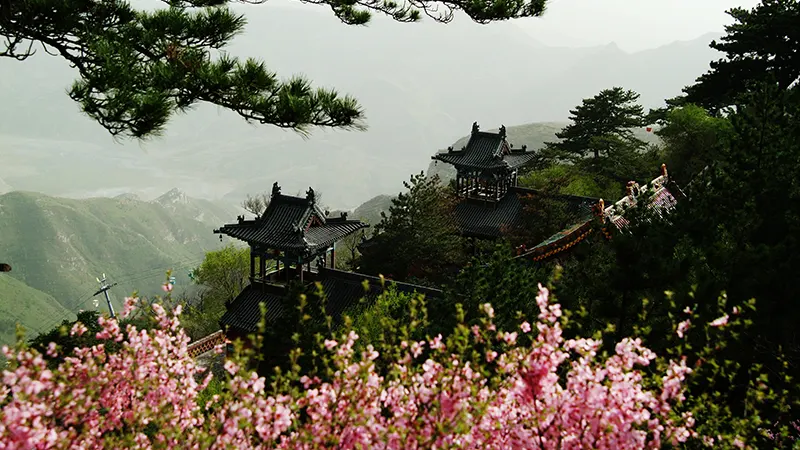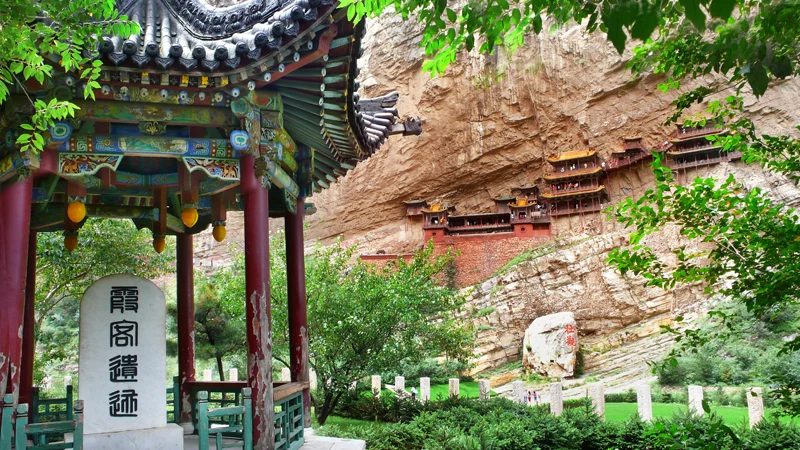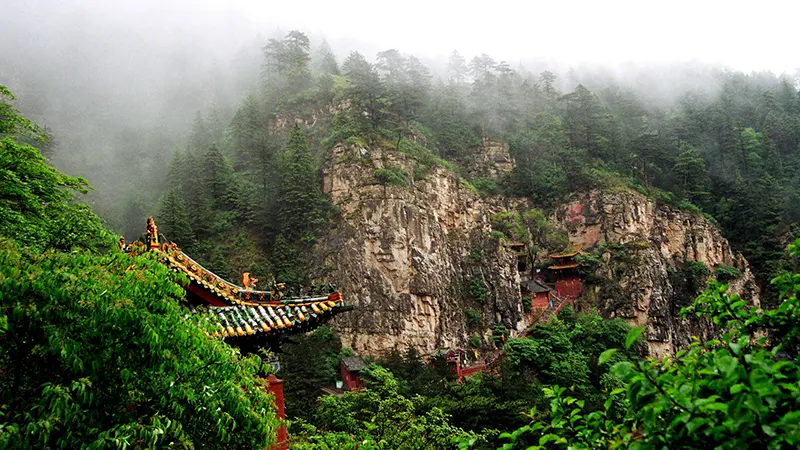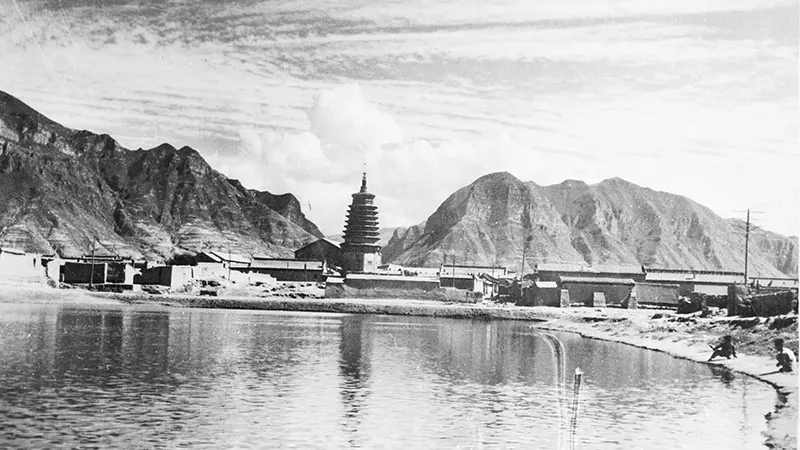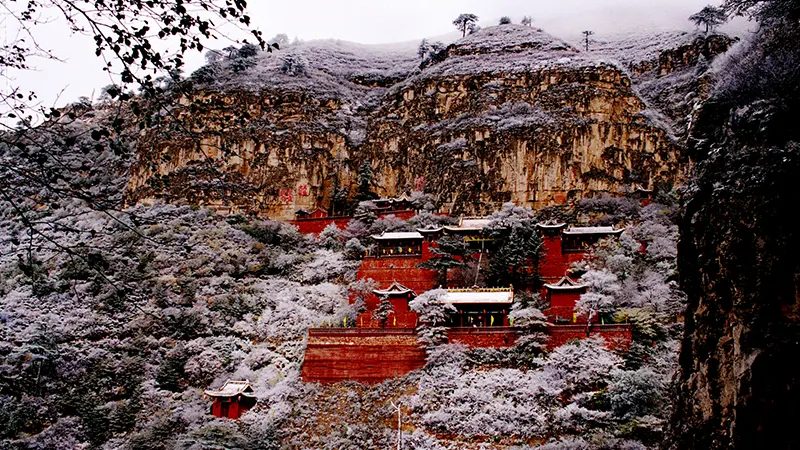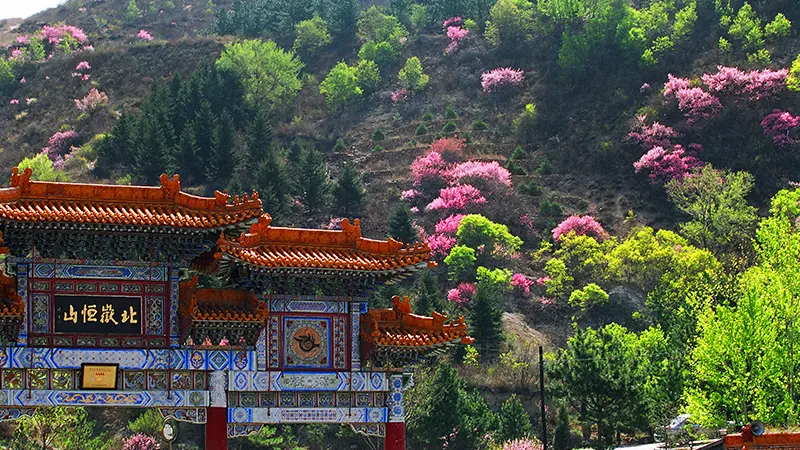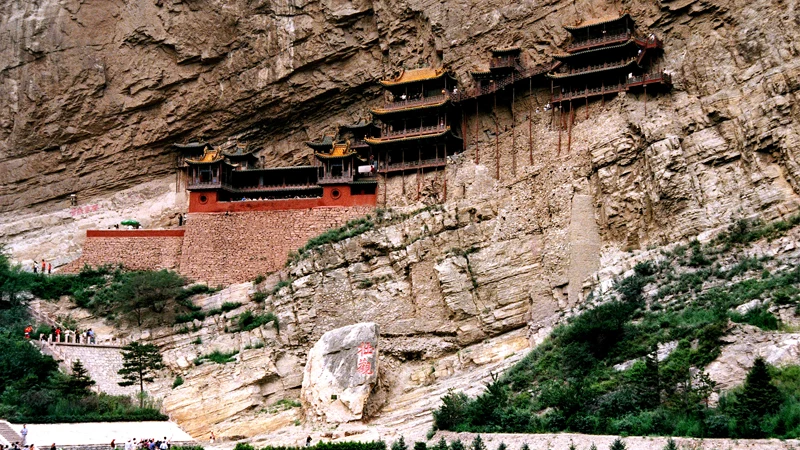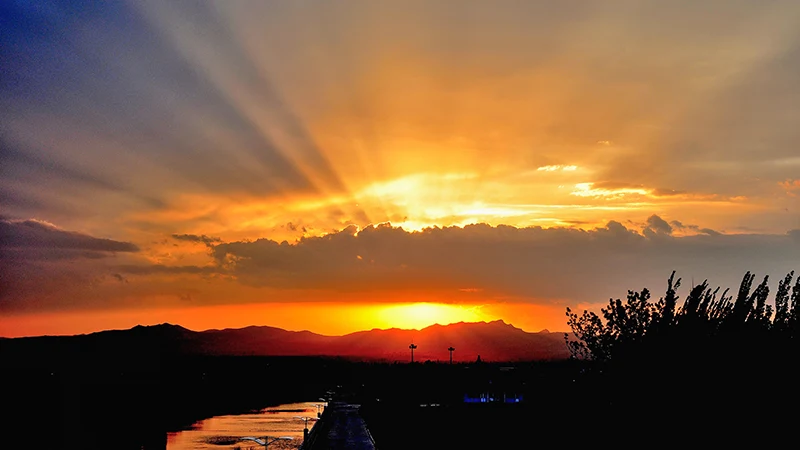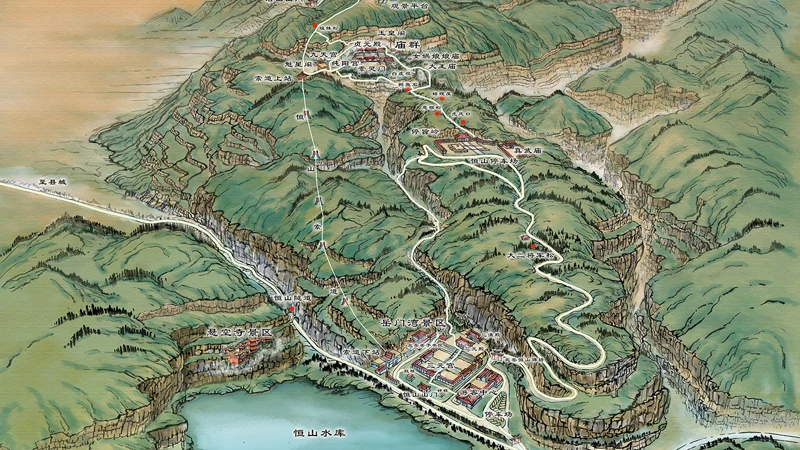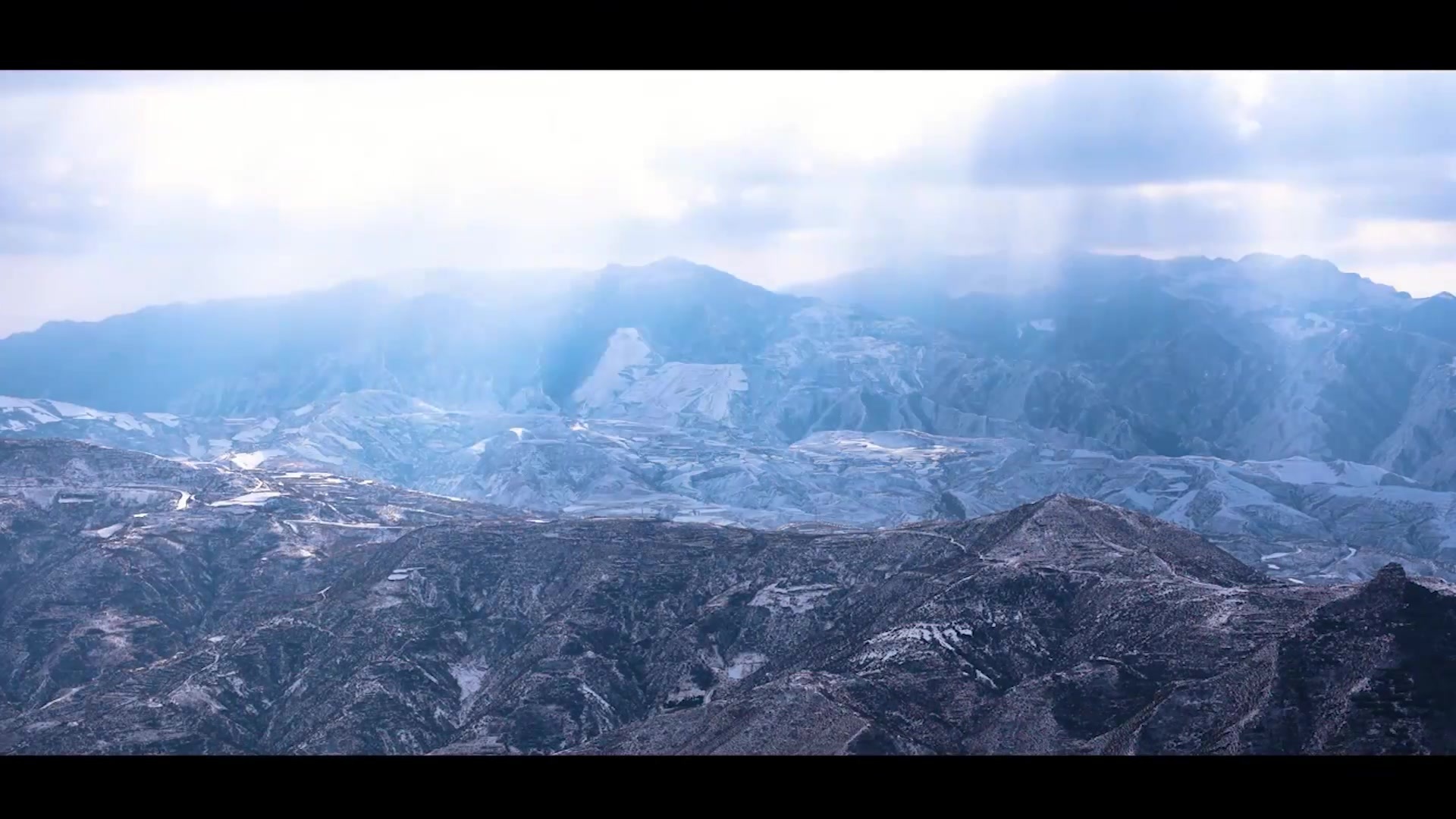Yuan Dynasty remains, exquisite murals
Yong'an Temple, originally named Hunyuan Prefecture Yong'an Chan Temple and Shenzhou Dayongan Chan Temple, commonly known as "Da Si" (Big Temple), was first built during the Jin Dynasty. After being destroyed by fire around the transition between the Jin and Yuan Dynasties, it was rebuilt. It underwent further construction and expansion during the Ming and Qing Dynasties, under the initiative of local officials.
The temple is located in the northeast corner of the ancient city of Hunyuan, facing southeast. It originally comprised a large temple complex with five courtyards, primarily arranged along a central axis with east-west wings and subsidiary courtyards. Currently, only the front courtyard, the east and west wings, and the main buildings of the middle courtyard remain. It measures 52 meters wide from east to west and 78 meters deep from north to south, covering an area of 4056 square meters. The temple houses seven extant ancient buildings, 305.4 square meters of Qing Dynasty murals, 2118 square meters of architectural paintings, two ancient steles, and a pair of stone lions.
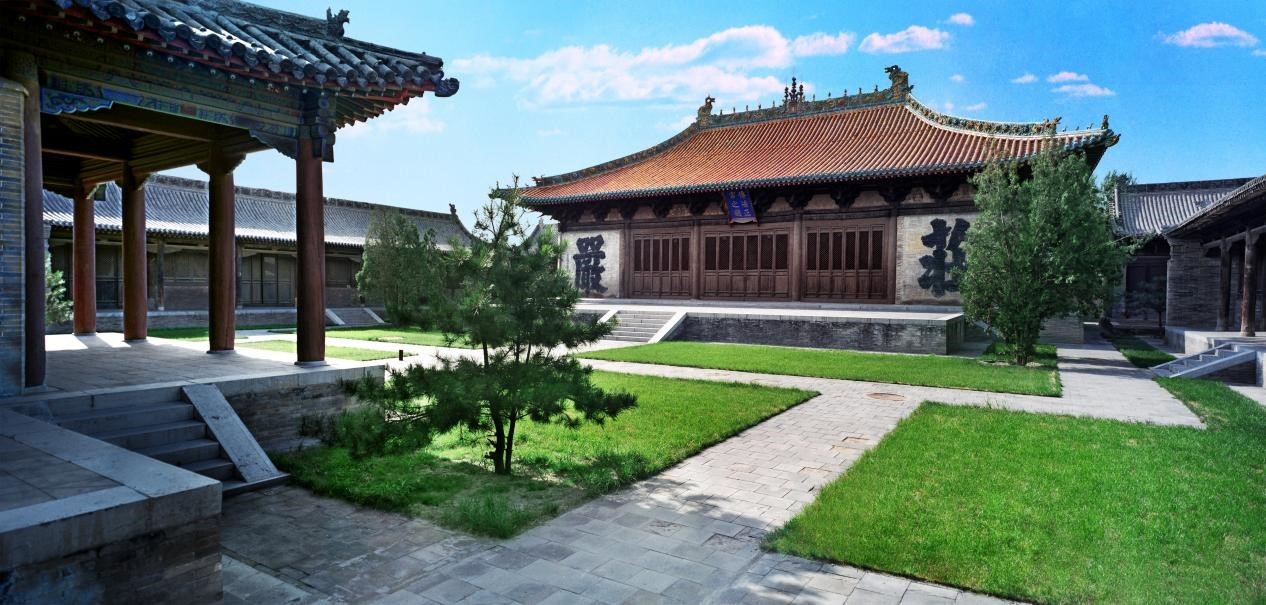
The main hall, Chuanfa Zhengzong Hall, is the original structure from the second year of Yuan Yanyou (1315) and is a masterpiece of hipped-roof architecture in China's architectural history. The hall's interior is filled with exquisitely preserved water and land paintings, architectural paintings, and colorful glazed tiles on the roof. Yong'an Temple is closely connected to the Hengshan Mountain historical and cultural heritage. Many ancient poems and writings praise it. The temple's mountain gate, Heavenly King Hall, east and west side halls, and other cultural relics also have unique characteristics, making them typical representatives of temple architecture in the Ming and Qing Dynasties in the area.

In August 1986, Yong'an Temple was announced as a second-batch provincial key cultural relic protection unit by the Shanxi Provincial People's Government. In June 2001, it was announced as a fifth-batch national key cultural relic protection unit by the State Council.
Category:
Scenic Spot Display
Keywords:
Hengshan
Previous Page
Next Page




